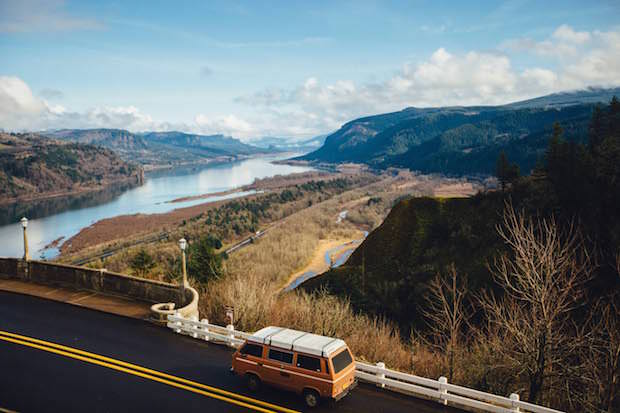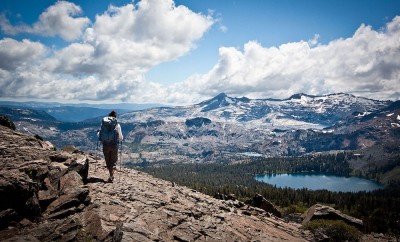Outdoors
What does wilderness mean in today’s world?

In the brutal winter of 1974, legendary film director Werner Herzog set off on a three-week pilgrimage from Munich to Paris to visit his close friend and mentor, Lotte Eisner, who was ill and on the verge of dying. Despite the adventurous nature of the trip and the adverse conditions he encountered, such as freezing cold and snowstorms (from which he took refuge by breaking into abandoned houses), Herzog refused to consider this trip an adventure. In the diary he kept during this trip, later published under the title Of Walking on Ice, we read: “To me, adventure is a concept that applies only to those men and women of earlier historical times, like the medieval knights who travelled into the unknown. The concept has degenerated constantly since then…I absolutely loathe adventurers, and I particularly hate this old pseudo-adventurism where the mountain climb becomes about confronting the extremes of humanity.”
Implicit to Herzog’s skepticism about the survival of authentic adventure in modern times is that the world isn’t wild like it used to be. Today, of course, the ubiquity of GPS devices has all but eliminated any risk of becoming genuinely and dangerously lost. But even before the invention of GPS, the world was mapped with utter sophistication. Medieval knights might be the last real adventurers because real wilderness still existed then, before the craze in the West to discover and map the known and unknown world (incidentally, on one such expedition, a certain Christopher Columbus stumbled across a big chunk of land now known as America).
If you want wilderness and adventure today, you really have to go out of your way to find it. You may, for example, pay thousands of dollars to be flown or driven to a remote jungle or mountain range, where you voluntarily choose to turn your GPS off. But in scenarios like this one, are we talking about genuine wilderness or an artificial one we create to satisfy our idea of wanderlust?
Don’t get me wrong, I enjoy the outdoors as much as anyone—I grew up hiking, canoeing, rock climbing, etc., always thinking that I was going into the wilderness for real adventure. In retrospect, however, I’m not sure how wild it really was to get in a car, drive a couple hours and voluntarily throw oneself into a challenging situation outdoors…with very sophisticated gear, no less.
Despite my love of the outdoors, I’ve come to share Herzog’s opinion that the days of real wilderness and adventure are over. There’s something kind-of ridiculous about thinking you’ve triumphed over nature, as if nature were something to be triumphed over in the first place, and especially if you’ve really gone out of your way to put yourself in a dangerous or challenging situation. That’s what makes the story of Into the Wild as pathetic as it is tragic. It tells the story of how rich kid Christopher Johnson McCandless gave all his money away and moved to the Alaskan wilderness to live the Thoreauvian life, only to die of cold and hunger (or perhaps of poison) just a few months later.
I’m not saying there’s anything wrong with going for a hike. But let’s stop pretending we are on some knightly adventure into the wilderness just because we chose to leave our iPhones in the car when we take our North Face equipment into the woods for a couple days.





0 comments